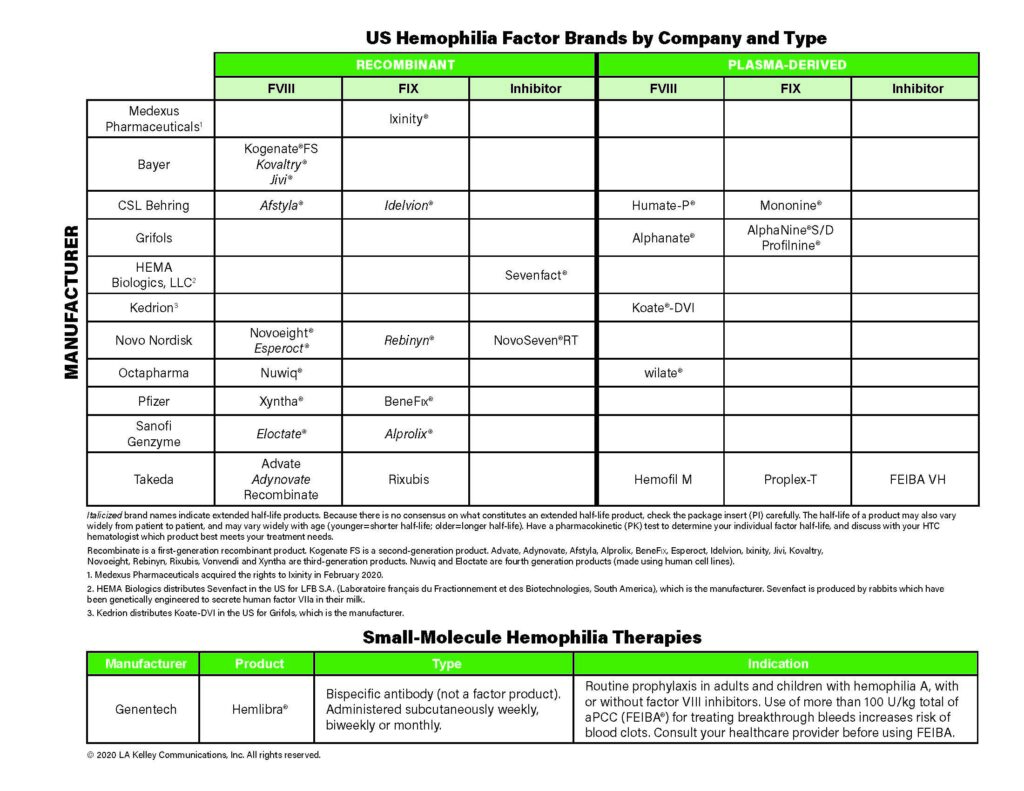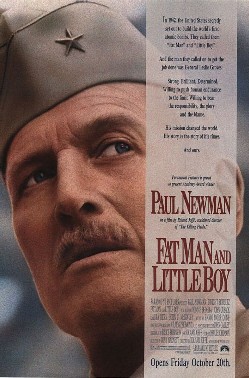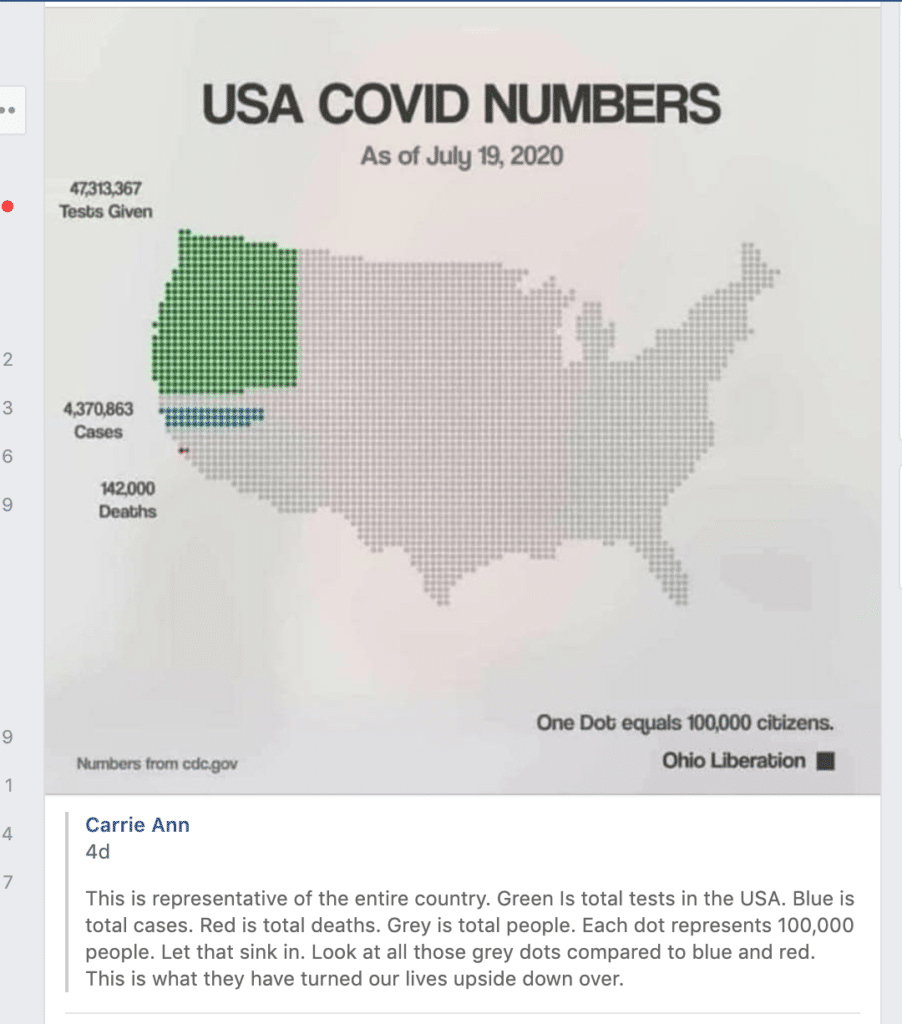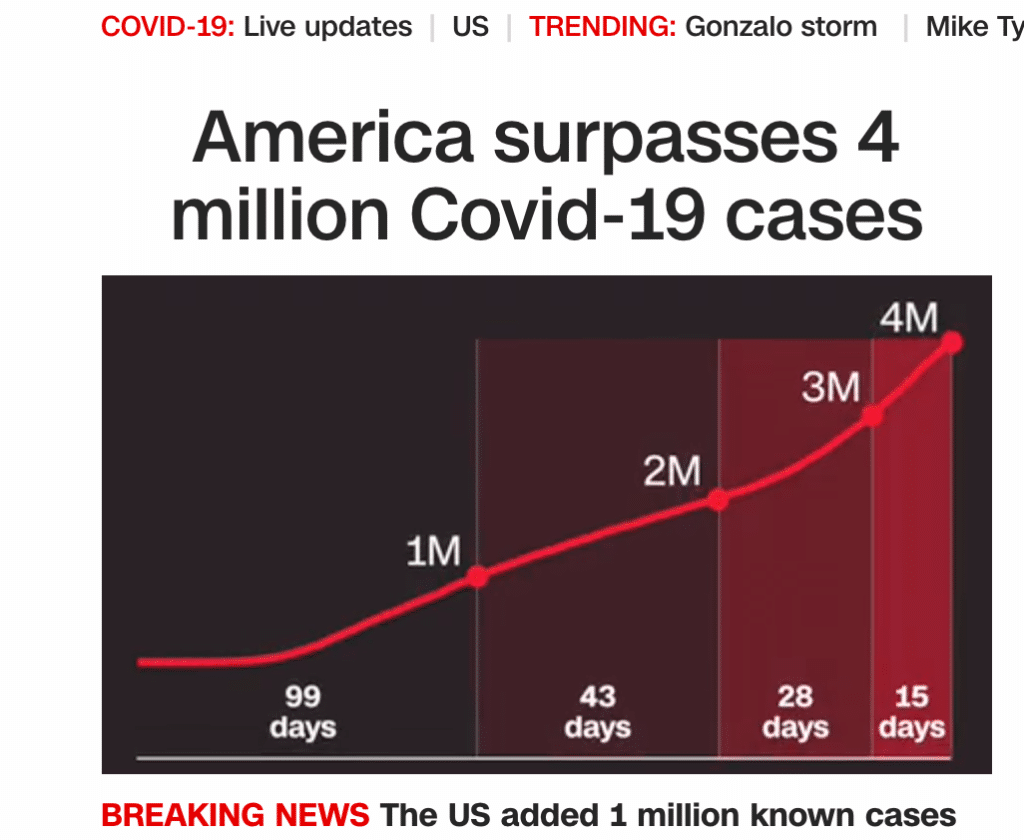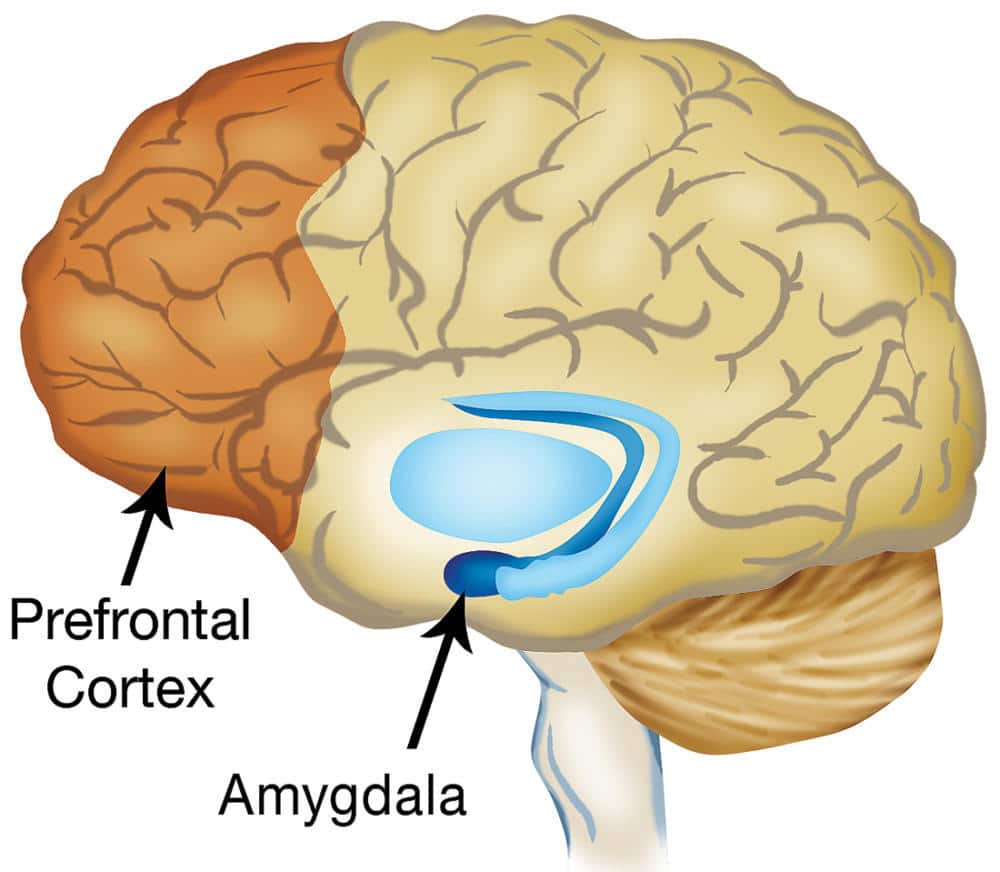Laurie Kelley
August 16, 2020
This is an essay from our esteemed writer Richard Atwood, of North Carolina, who writes quarterly for PEN, reviewing books and movies. Today he offered this research on the history of a very current topic. He writes:
We’re reminded daily, rightly so, of persistent systemic racism in the US in many aspects of our lives.
Historically, the obvious example in the bleeding disorders community was the segregation of blood, as practiced by the American Red Cross and the U.S. military, at least until after World War II, when, quietly and unannounced, blood became integrated.
Another example has been the underreporting of bleeding disorders in minority populations. There are myriad of reasons for this. Note, a few of the sources have not been confirmed for reporting hemophilia in African Americans. For now, just acknowledge that underreporting of bleeding disorders has occurred in minority populations.
Evidence-Based Prevalence of Hemophilia in Black Americans Before 1950
Richard J. Atwood
The underreporting of hemophilia in Black Americans has a long history that mimics their social history in terms of discrimination and suppression. And the few cases that have been reported in the medical literature tended to be either ignored or dismissed. Two texts from the 1940s might have altered the narrative if they, too, had not been overlooked. Julian Herman Lewis authored The Biology of the Negro (1942) at the beginning of the decade, and then, at the end of the decade, R. Ruggles Gates wrote Pedigrees of Negro Families (1949).
The Biology of the Negro (1942)
Julian Herman Lewis, PhD, MD, was an Associate Professor of Pathology at the University of Chicago. He investigated comparative racial pathology of Black Americans, loosely defined as people having a decided African origin found in the United States. Hemophilia is listed in the subject index, and the text contains a two-page summary of hemophilia (pp. 250-1). The author states: “It appears that hemophilia is an extremely rare disease in Negroes.” (p. 250). He mentions that Bulloch and Fildes reported, in 1911, that out of over 900 cases, only three papers documented four cases of the disease in Negroes, all from America. Lewis cites Hadlock (1874), Steiner (1900), and Buck (1900), all from Bulloch and Fildes (1911), and adds Crandall (1936), Pachman (1937), and Campbell (1939). His assessment of hemophilia’s rarity seems accurate, but the steady reporting of new cases in Black Americans needs to be acknowledged.
Pedigrees of Negro Families (1949)
R. Ruggles Gates, FRS, was an emeritus professor of Botany at the University of London and a research fellow in Biology at Harvard University. He collected over 200 pedigrees of black families from around the world, but mainly from the United States, Canada, West Indies, and British Guiana. The index lists hemophilia, parahemophilia, and pseudohemophilia. The text includes 245 figures to display the pedigrees. The section on hemophilia encompasses 15 pages (pp. 121-35) and 12 figures (Fig. 131-42). The author states: “This hereditary disease is believed to be less frequent in Negroes than Whites, but there are no definite statistics on the subject and it is possible that most cases of hemophilia in colored families have been derived from a white source.” (p. 122). Gates summarizes the literature, omitting Bulloch and Fildes (1911), but citing Hadlock in Cincinnati (1874), Steiner in Baltimore (1899), Buck in Portland, Oregon (1900), Taylor in South Carolina (1923), Bailey and McAlpin (1935), Crandall in Philadelphia (1936), Pachman in Durham, North Carolina (1937), and Campbell in Washington, D.C. (1939). Gates adds six black pedigrees having hemophilia, some from North Carolina and Baltimore. One pedigree (Fig. 132) has three pairs of identical male twins with hemophilia, one pair of dizygotic female twins with one being a carrier, plus one pair of normal male twins, a situation that surely should be noted for its exceptionalism. The author notes several issues that complicate any analysis. Many of the pedigrees involved interracial couples, thus mixing the genes from black, white, native American, and Creole families. A misconception was that any hemophilia would arise from white blood, and a pure black family was difficult to identify. Also, hemophilia itself was being differentiated into various types, such as true hemophilia, parahemophilia, pseudohemophilia, and purpura.
Subsequently, additional reports of hemophilia in African Americans, and also of hemophilia on the African continent, appeared in the medical literature. Yet the misconception has continued that hemophilia in Black Americans is uncommon. Perhaps if both texts by Lewis and Gates had been acknowledged, starting from their publication dates, this misconception would not have persisted. Any recognition would be found in medical journal articles.
A more comprehensive account of the medical literature on hemophilia in the black community had to wait until Stephen Pemberton wrote The Bleeding Disease: Hemophilia and Unintended Consequences of Medical Progress in 2011. In a footnote on page 312, Pemberton cites the texts of Bulloch and Fildes (1911) and Lewis (1942), plus the journal articles for Hadlock (1874), Koch (1890), Steiner (1900), Buck (1900), Taylor (1923), Crandall (1936), Pachman (1937), Birch (1937), Campbell (1939), while adding Rosenbloom (1923), Muir (1928), Kugelmass (1932), Rypins (1934), Prip Buus (1935), and Nesbitt and Richmond (1949). Clearly, Pemberton conducted a more thorough search of the literature than did other reviewers before 1950.
References:
Bailey FR, McAlpin KR. Familial purpura. American Journal of Medical Sciences, 1935; 190:263-8.
Birch CL. Hemophilia: Genetic and clinical aspects. Illinois Medical and Dental Monographs, 1937; 1:1-151.
Buck L. Haemophilia in the Negro. Medical Record, 1900; 58:149.
Buerk MS, Tucker HA. Penicillin in the treatment of early syphilis complicating hemophilia: Report of a case treated with 48 million units of oral penicillin G. Bulletin of Johns Hopkins Hospital, 1949; 84:24-8.
Bulloch W, Fildes P. Hemophilia. In Pearson K, editor, Treasury of Human Inheritance. London: Cambridge University Press, 1911.
Campbell EP. Hemophilia in the Negro: Report of a case. Medical Annals of the District of Columbia, 1939; 8:294-5.
Crandall NF. Hemophilia in the Negro. American Journal of the Medical Sciences, 1936; 192:745-51.
Forbes CD, MacKay N, Khan AA. Christmas disease and hemophilia in Kenya. Transactions of the Royal Society of Tropical Medicine and Hygiene, 1966; 60:777-
Forbes CD. The early history of hemophilia. In: Forbes CD, Aledort LM, Madhok R editors. Hemophilia. London: Chapman & Hall Medical, 1997.
Gates RR. Pedigrees of Negro Families. Philadelphia: The Blakiston Company, 1949.
Hadlock. Hemorrhagic diathesis, ‘Clinic’ of Cincinnati. Transactions of the Academy of Medicine, 1874; 7:241.
Koch WVM. Haemophilia occurring in malaria. British Medical Journal, 1890; 1:1301-2.
Lewis JH. The Biology of the Negro. Chicago: The University of Chicago Press, 1942.
Kugelmass IN. The diagnosis and management of hemophilia in childhood. New York State Journal of Medicine, 1932; 32:660.
Muir J. Heredity in hemophilia in South Africa. Journal of Medical Association of South Africa, 1928; 2:599.
Nesbitt RD, Richmond JB. Hemophilia in the Negro. Journal of Pediatrics, 1949; 34:315-21.
Pachman DJ. Hemophilia in Negroes. Journal of Pediatrics, 1937; 10:809-16.
Pemberton S. The Bleeding Disease: Hemophilia and the Unintended Consequences of Medical Progress. Baltimore: The Johns Hopkins University Press, 2011.
Prip Buus CE. Articular changes in hemophilia. Acta Radiol., 1934; 16; 503.
Rosenbloom J. Warning against the use of arsphenamin in the treatment of syphilis in a hemophilic. Journal of Laboratory and Clinical Medicine, 1923; 9:57.
Rypins EL. Roentgen ray as aid in diagnosis of hemophilia. American Journal of Roentgenology & Radiation Therapy, 1934; 31:597-602.
Sanford HN et al. Action of intravenous injections of histamine on the blood of hemophilic children. American Journal of Diseases of Children, 1948; 76:609-15.
Steiner WR. Haemophilia in the Negro. Johns Hopkins Hospital Bulletin, 1900; 11:44-7.
Taylor JH. A case of haemophilia in a Negro. Journal of the South Carolina Medical Association, 1923; 19:665-8.
Younge WA, Perry JC. Hemophilia in the Negro. Journal of the National Medical Association, 1950; 42:299-302.
